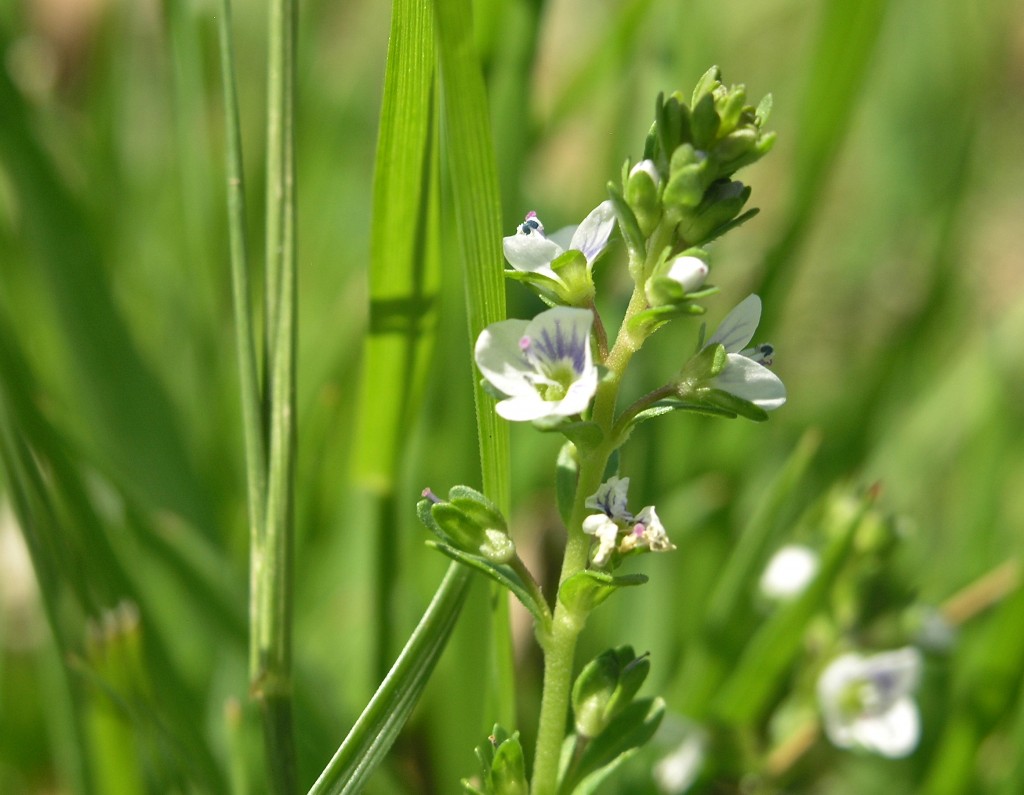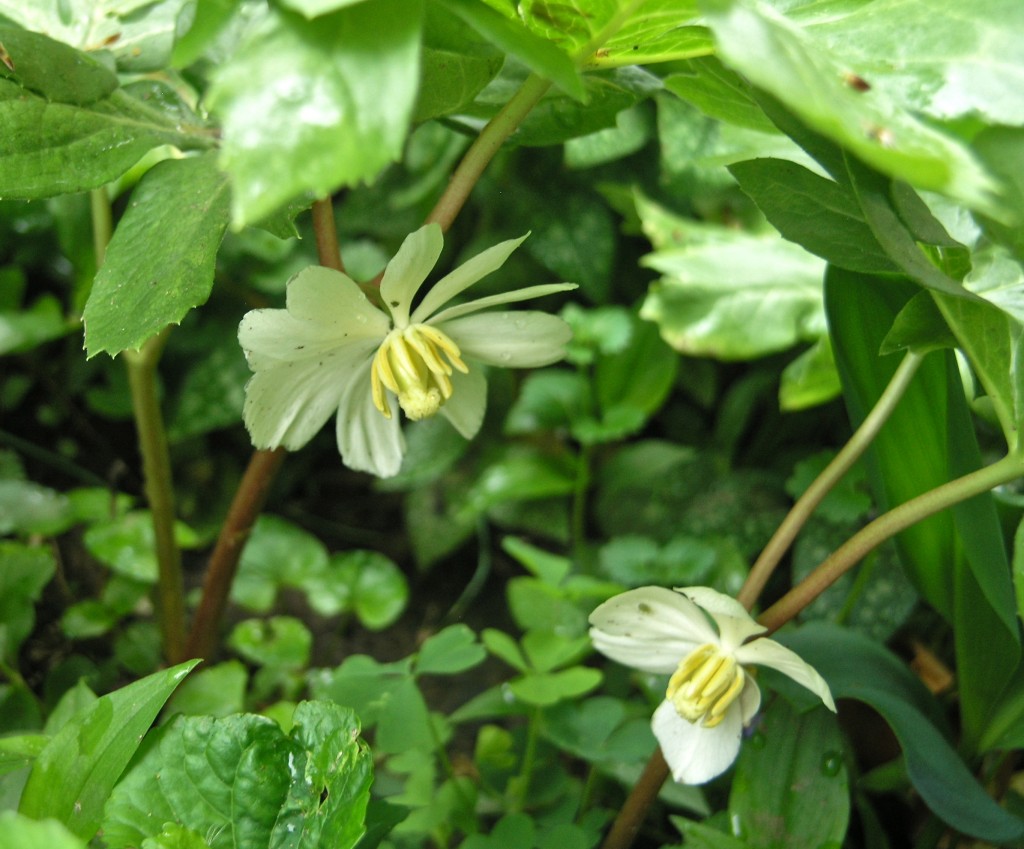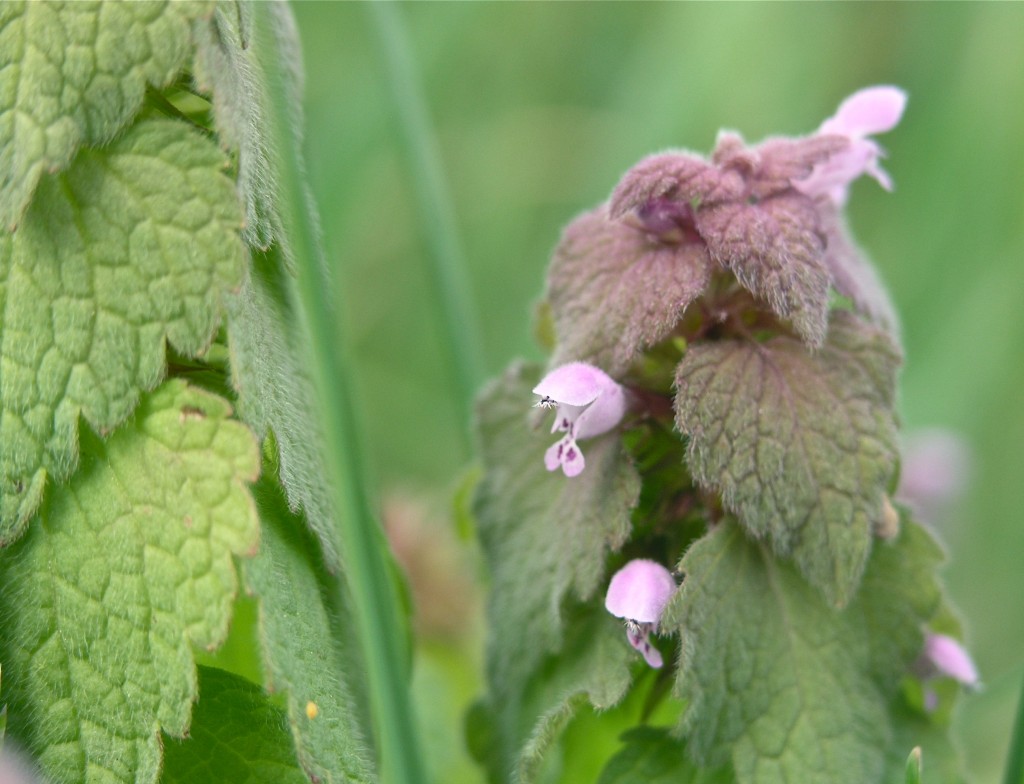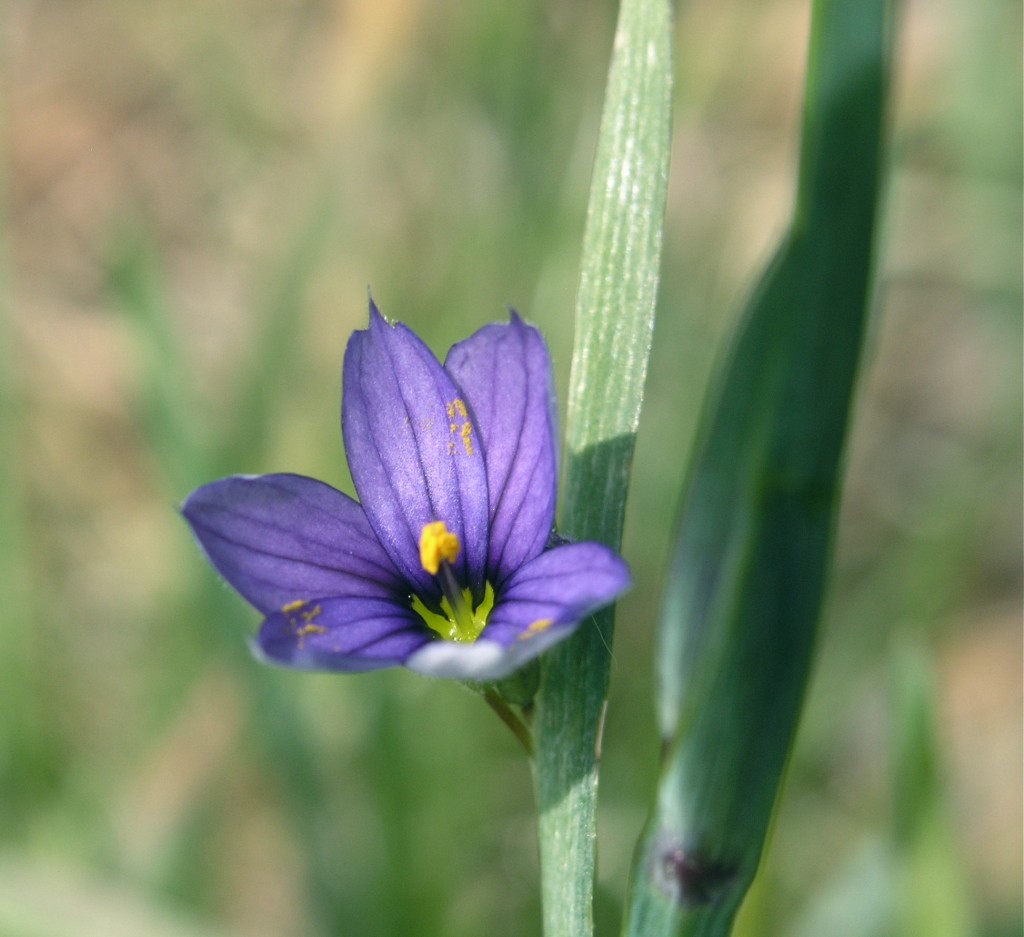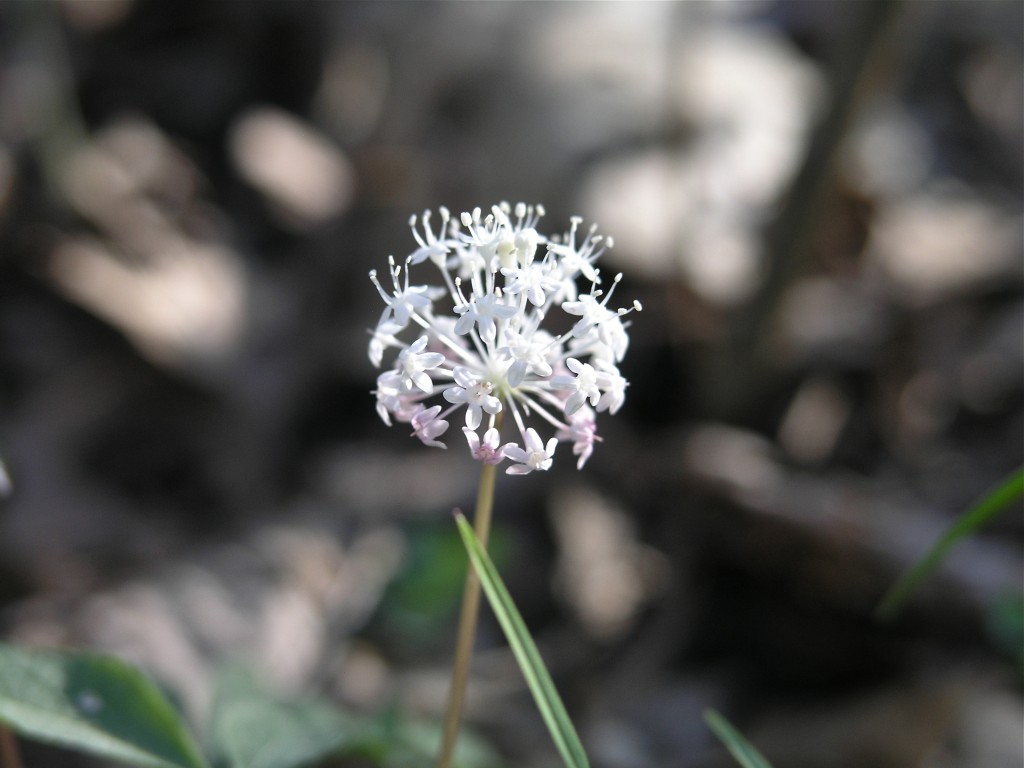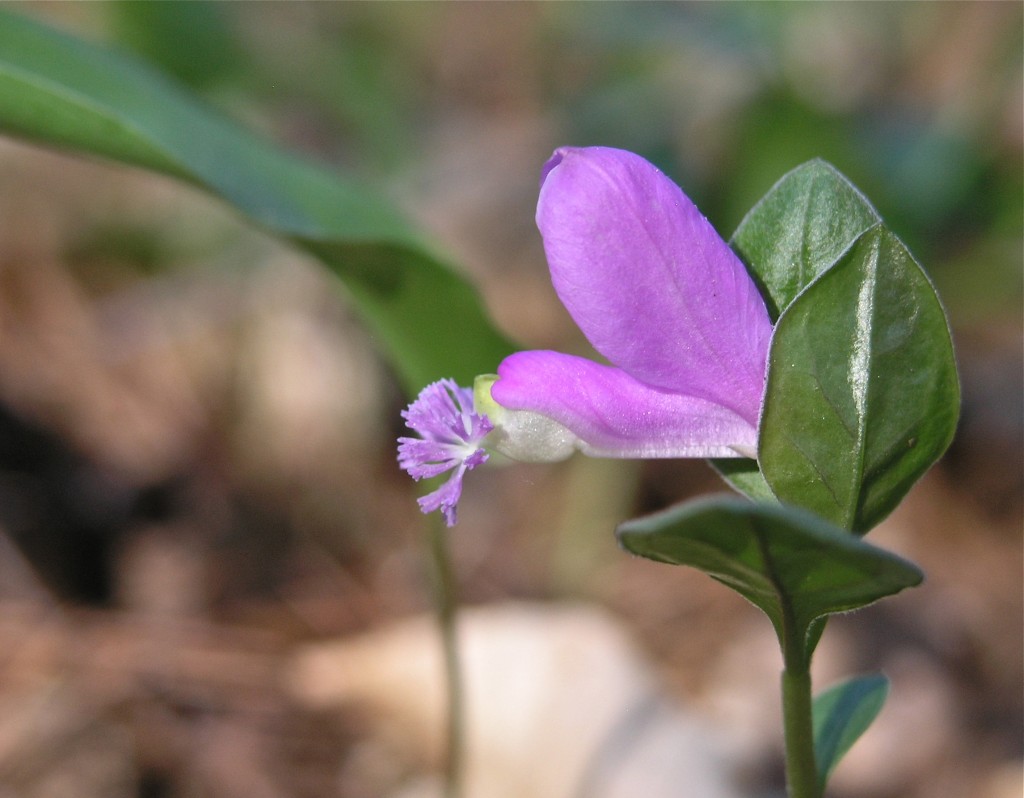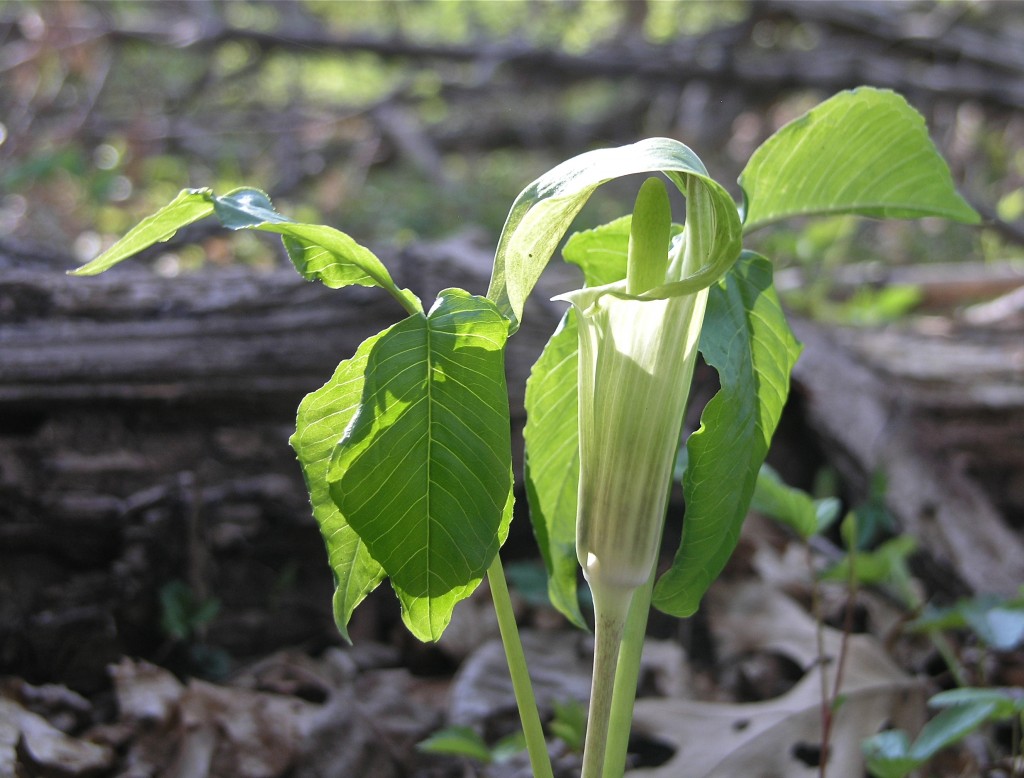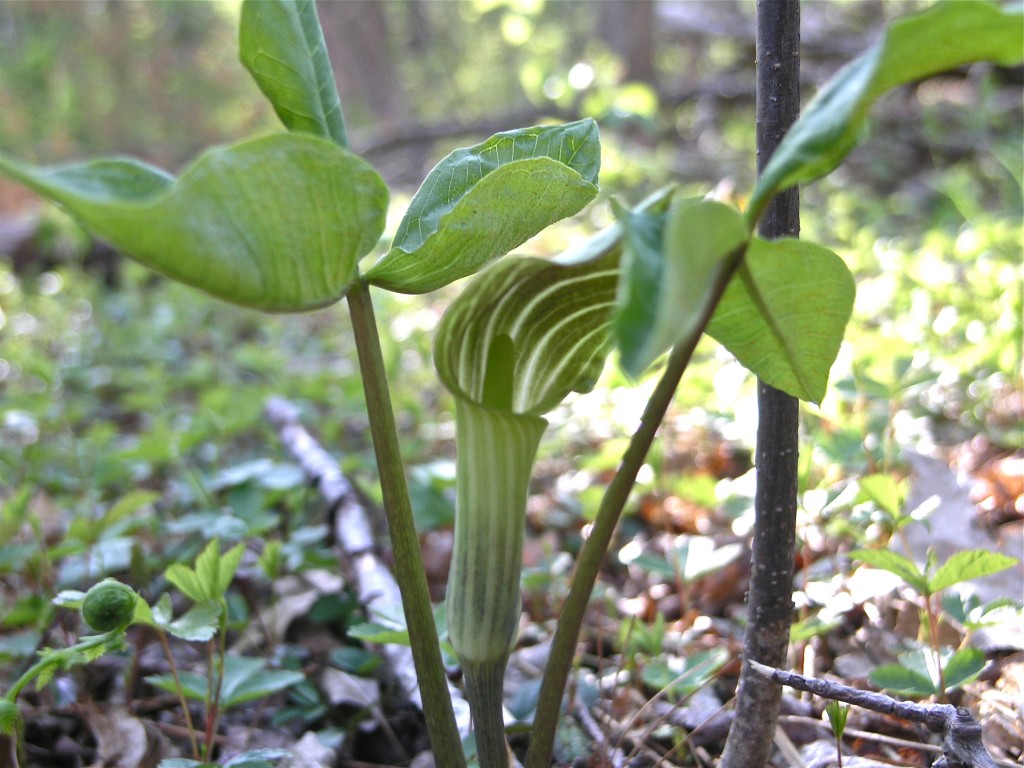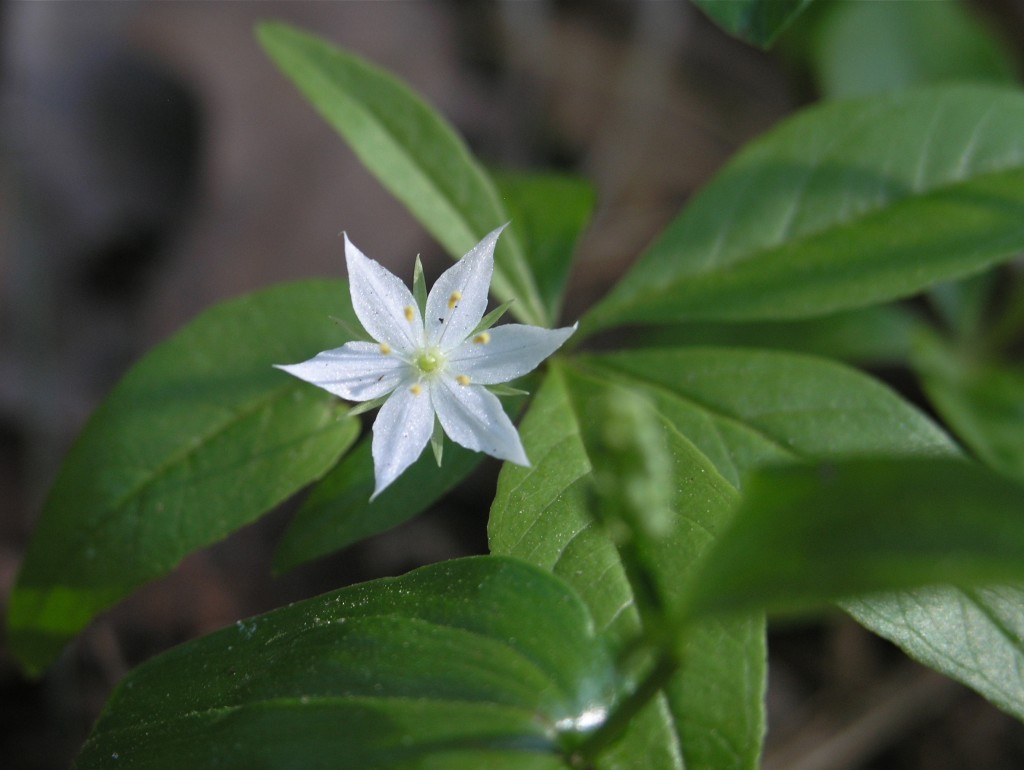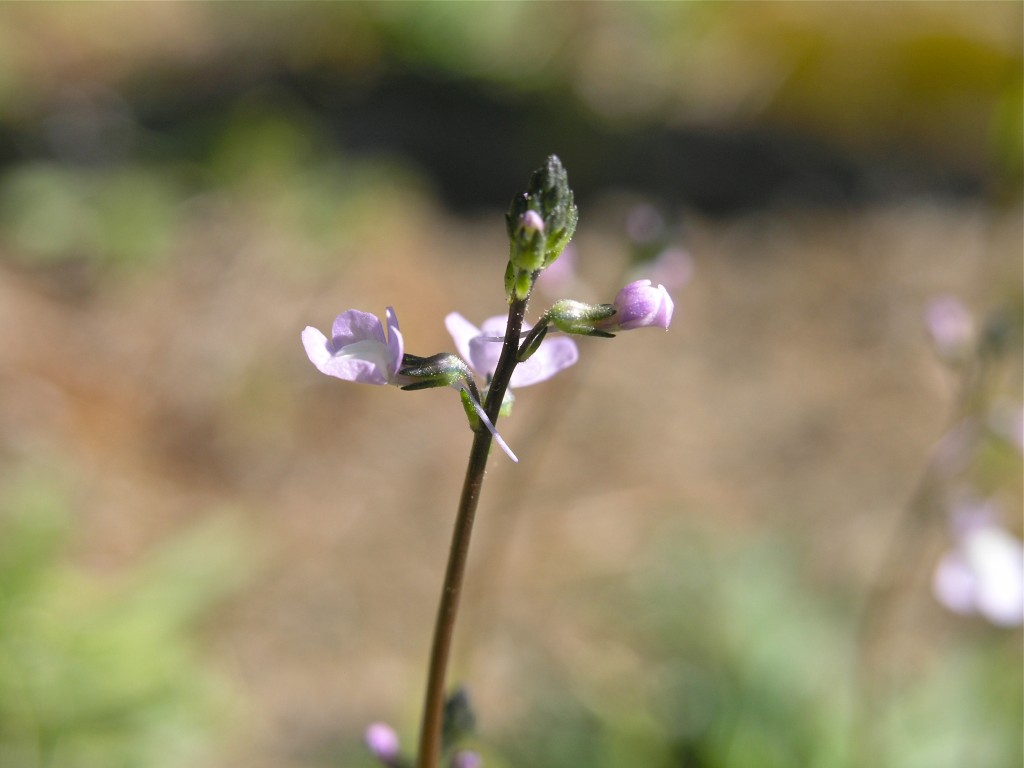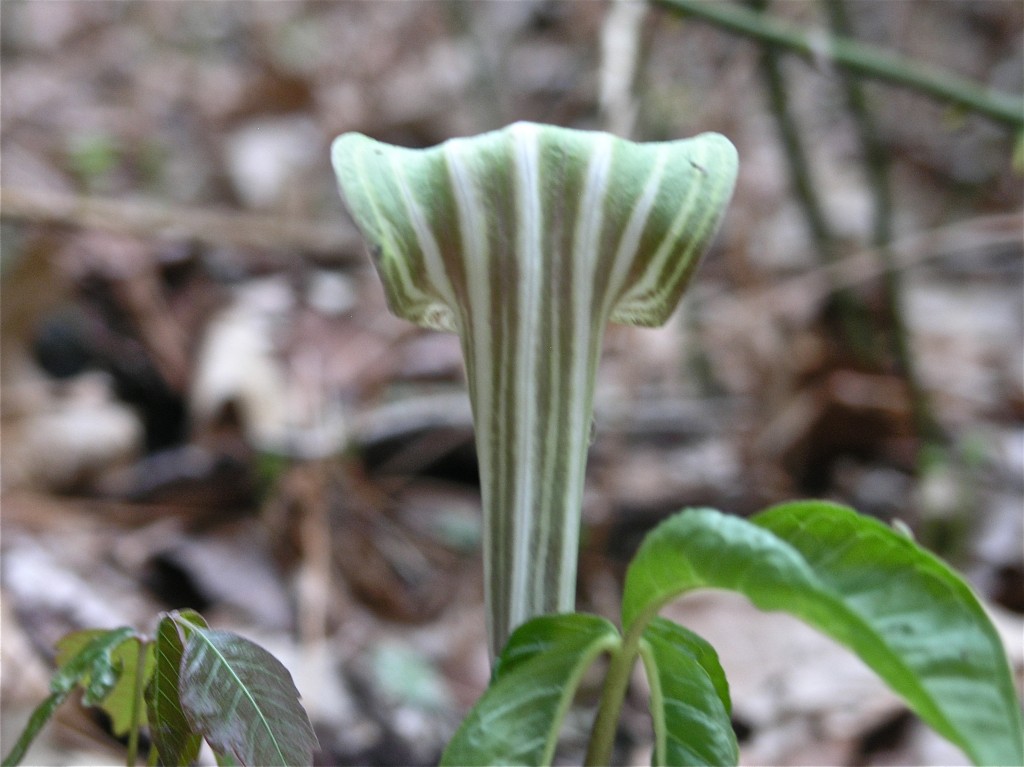
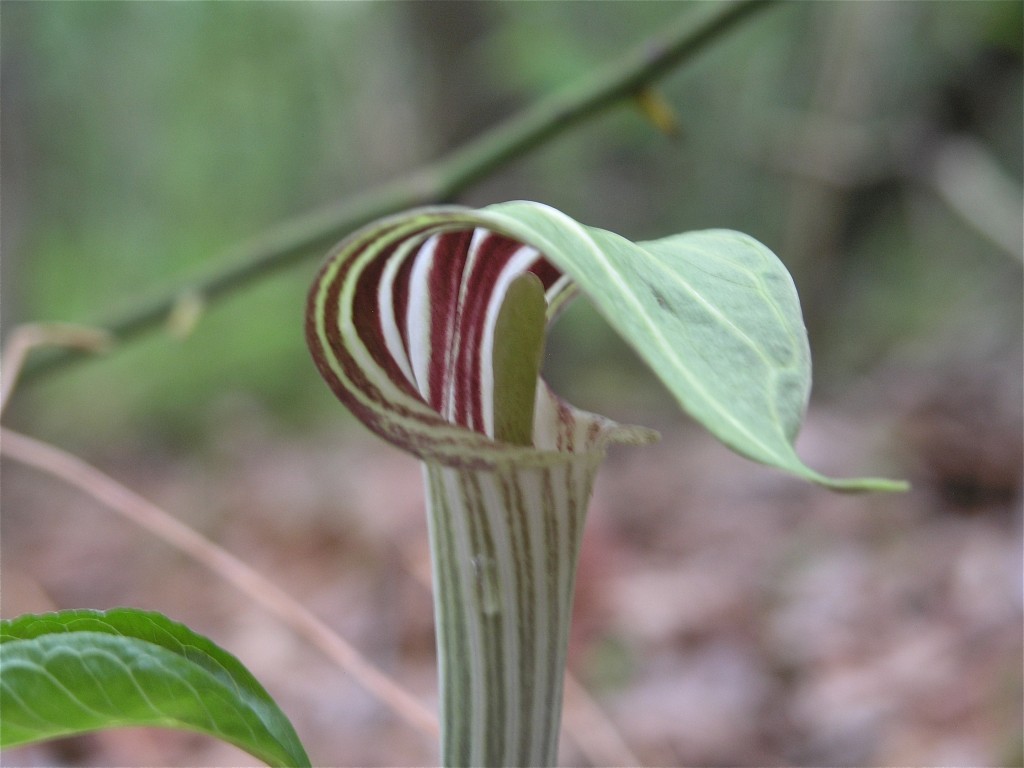 Today I found their secret Red Wing Bay lair. Had to take a couple more photos because they are so photogenic. Arum family. Separate male and female plants, females ones larger, pollinated by flies.
Today I found their secret Red Wing Bay lair. Had to take a couple more photos because they are so photogenic. Arum family. Separate male and female plants, females ones larger, pollinated by flies.
The air was full of birdsongs — I was thinking, if the bird walk man were there he would be reading them like a story, but to me… it was like looking at a page of a foreign language that I don’t speak… beautiful but I couldn’t read it. Also when we came out of the woods onto the grassy trail, we scared a big wild turkey who had been ambling along at his leisure.

